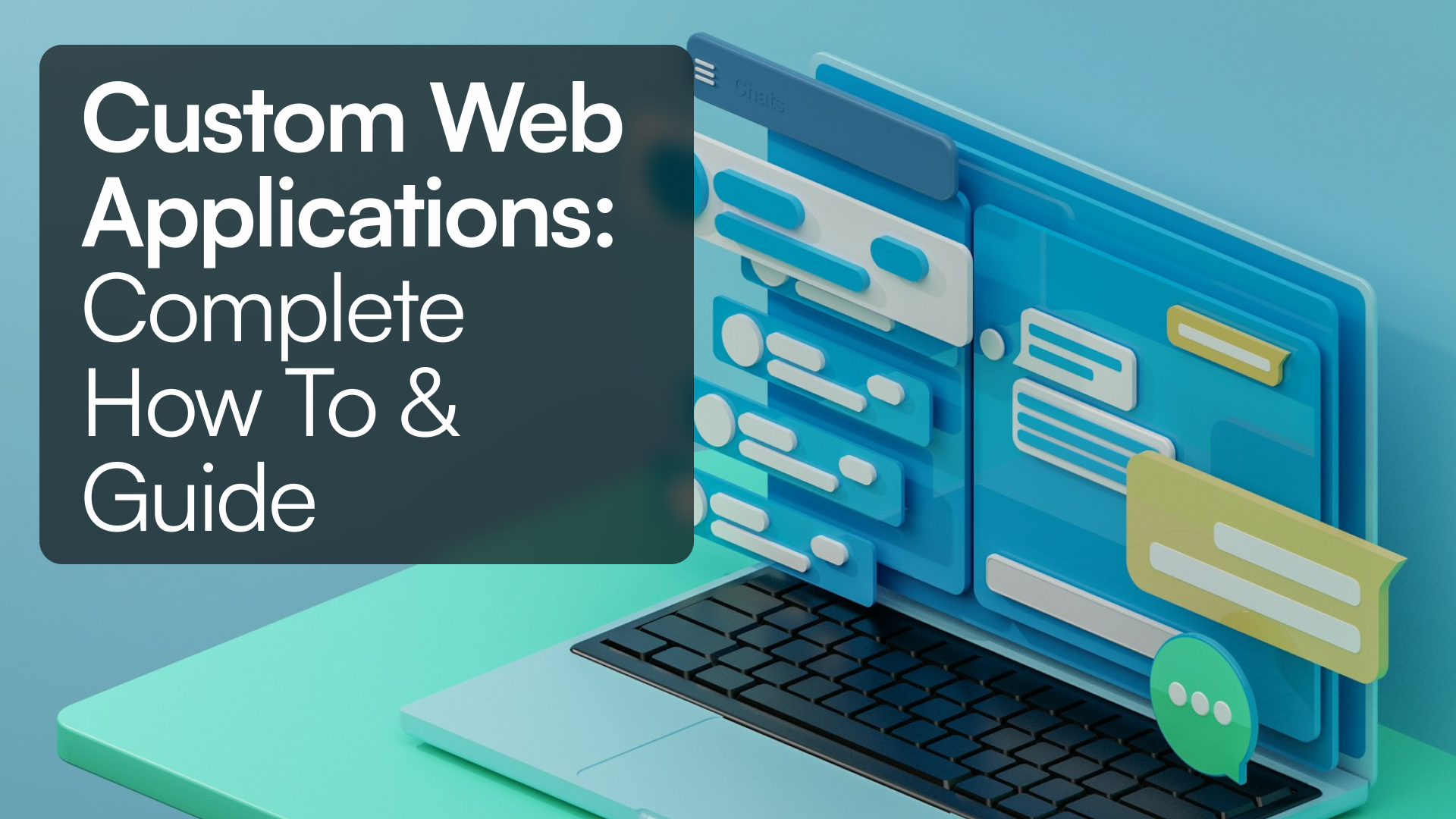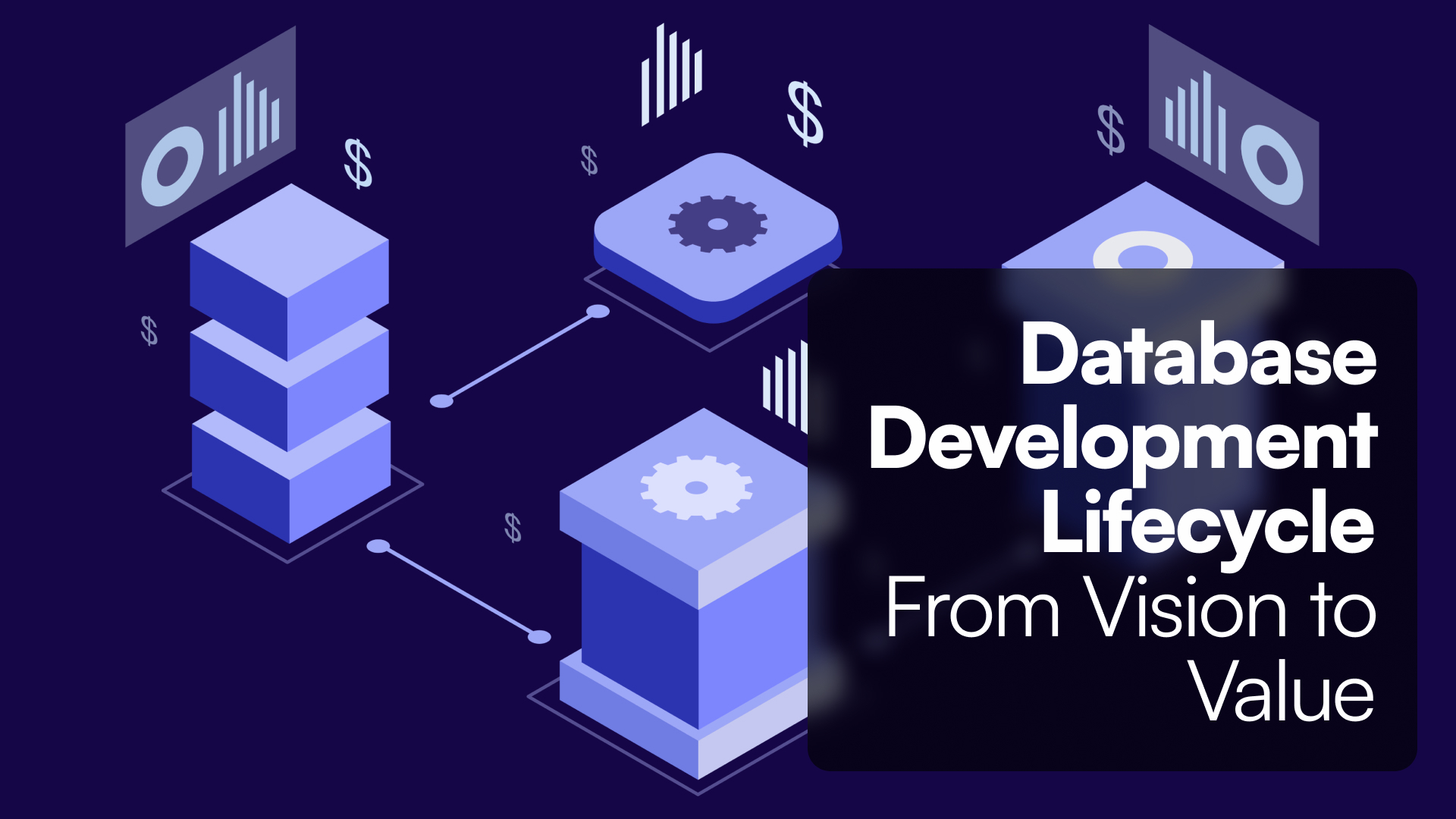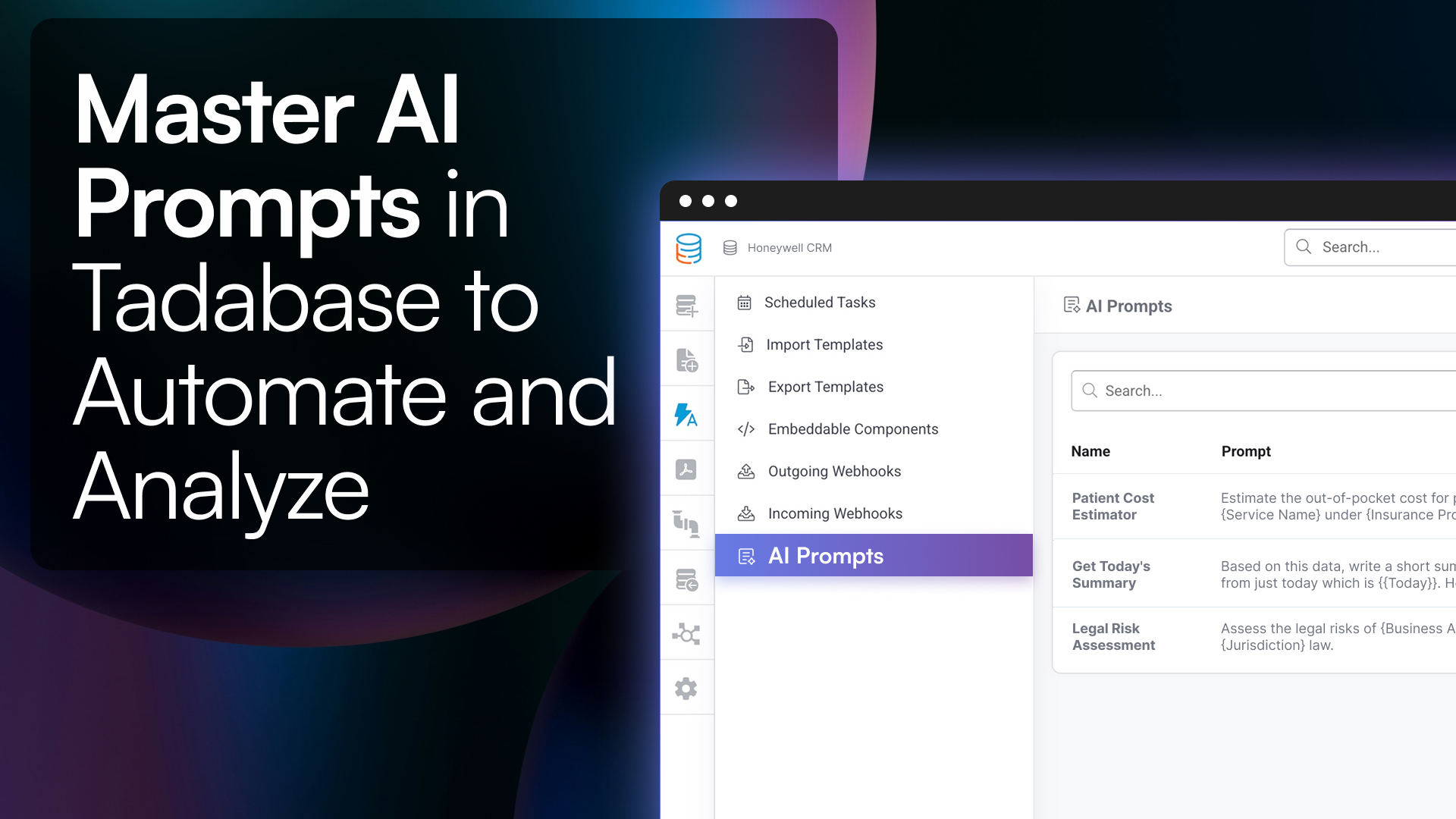Introduction
Imagine buying a pair of jeans labeled 'one-size-fits-all.' They kind of fit, but not really. Maybe the waist’s too tight or the legs are too long. You make it work, but it’s not ideal. That’s exactly what using off-the-shelf software feels like for many businesses. Custom web applications, on the other hand, are like tailored clothing—built specifically for how you move, work, and grow.
This guide walks you through exactly what custom web applications are, how to build them, what they cost, and how teams are actually using them. Whether you're technical or not, you'll leave knowing what makes sense for you—and how to get started.
What Is a Custom Web App—And Why Build One?
A custom web application is software designed from the ground up for your unique business needs. Unlike SaaS tools that serve the masses, custom apps match your specific workflows, branding, integrations, and goals.
Custom apps:
-
Streamline repetitive internal processes
-
Give customers personalized experiences
-
Connect to systems like CRMs, ERPs, or payment gateways
-
Can be internal (employee tools) or external (customer-facing portals)
With platforms like Tadabase, teams can now build powerful custom web apps visually—without writing a line of code.
Should You Even Build a Custom Web App Yet?
Not every tool needs to be custom. Here's how to tell:
| Ask Yourself | If Yes, Go Custom |
|---|---|
| Is your team outgrowing spreadsheets/tools? | |
| Do your needs change often? | |
| Is security or compliance critical? | |
| Do you want total control over features? | |
| Do you need to connect multiple systems? |
If you said yes to at least 3, a custom app likely saves time and money long term.
Off-the-Shelf vs. Custom: What’s the Real Tradeoff?
A small logistics company started with an off-the-shelf project management tool. At first, it helped them assign deliveries and manage drivers. But as their needs evolved—like needing conditional logic for freight size, custom alerts for delivery windows, and role-based permissions for third-party vendors—the tool hit a wall. None of it was supported. They tried plugins, spreadsheets, and workaround scripts. Eventually, they rebuilt the whole thing as a custom web app tailored to how their ops team actually worked. It took six weeks, but they immediately cut manual errors in half.
| Feature | Off-the-Shelf | Custom Solution |
| Setup Speed | Instant | 2–8 weeks |
| Flexibility | Low | High |
| Cost (Over Time) | Recurring + addons | Fixed or controlled |
| Data Ownership | Vendor holds data | You control everything |
| Integration Options | Limited | Fully flexible |
Think of it this way: off-the-shelf gets you up fast, but you’ll eventually bump into its walls. Want to see how they compare? Check out Tadabase’s off-the-shelf vs custom comparison and full platform comparison.
Before You Build: Avoid These Common Pitfalls
-
Vague Goals = Wasted Time: Write down what success actually looks like. (E.g., "cut admin hours by 30%")
-
Scope Creep: Stick to your MVP—log feature ideas separately in a backlog.
-
Security Blind Spots: Validate user inputs, use HTTPS, and encrypt sensitive data.
-
No Plan for Scaling: Design your database and logic for growth—even if you’re starting small.
-
Testing After Launch Only: Run basic tests early: unit, UX, cross-browser, mobile, and speed.
Let’s Walk Through the Build Process
Here’s what a typical custom web app build looks like:
-
Define the problem
-
What do users struggle with now?
-
What workflows are manual or clunky?
-
-
Sketch out the app
-
Use paper, whiteboards, or a tool like Figma
-
Focus on flows, not UI polish
-
-
Choose how to build it
-
From-scratch with developers
-
Or low-code platforms like Tadabase
-
Tip: On Tadabase, you can start by choosing a template and customizing fields, logic, and user roles—no backend setup needed.
-
-
Build MVP (minimum viable product)
-
Create just enough to test and gather feedback
-
Prioritize 3–5 core features only
-
-
Test with real users
-
Watch what confuses them
-
Fix what slows them down
-
-
Launch, then iterate
-
Ship early
-
Improve based on behavior and needs
-
On Tadabase, iterating is fast—you can deploy changes instantly without downtime.
-
What Tech Do You Need?
If you’re going full-code, you'll pick:
-
Frontend: React, Vue, Angular
-
Backend: Node.js, Django, Laravel
-
Database: PostgreSQL, MySQL, MongoDB
-
Hosting: AWS, Vercel, Heroku
But if you want speed without sacrificing control, tools like Tadabase blend no-code simplicity with low-code power.
Want to integrate Stripe, Salesforce, or Airtable? Tadabase integrations makes this seamless.
How Much Does This Really Cost?
| App Complexity | Timeline | Ballpark Cost |
| Simple (CRUD only) | 4–8 weeks | $5K–20K |
| Mid-tier (logic + APIs) | 2–4 months | $20K–50K |
| Complex | 6–12 months | $50K–100K+ |
Low-code platforms can shrink costs by 80%+ and launch time by weeks.
What Real Teams Are Building Right Now?
-
A logistics firm built a portal for 3PLs to upload shipments
-
A school created a secure dashboard for student progress
-
A SaaS startup prototyped their MVP in 2 weeks before hiring devs
These aren’t theoretical. They’re teams solving real inefficiencies with software they now own.
After You Launch: What Happens Next?
-
Monitor usage patterns and drop-off points
-
Fix friction fast—prioritize based on behavior, not feedback
-
Add audit trails, backups, and monitoring tools
-
Create v2 roadmap and allocate time to revisit monthly
Need help? Tadabase onboarding services can build your MVP alongside you or for you.
Frequently Asked Questions
What is a custom web application, exactly?
A custom web app is software that does exactly what your team needs—no more, no less. It's built around your users, your workflows, and your goals. Think of it as owning your tools rather than renting them.
How is it different from a website?
Websites are mostly for displaying static content. Web apps are interactive tools. They let users log in, manage data, complete tasks, and trigger workflows. If you need logic, permissions, and integrations—it’s an app.
How long does it take to build one?
Timelines vary:
-
Basic tool: 2–3 months
-
Mid-tier with automations: 4–6 months
-
Complex with APIs and roles: 6–12+ months Using a tool like Tadabase can shorten that by 50–70%.
Can I build one without coding?
Yes. You can use a no-code platform like Tadabase. Drag-and-drop builders, built-in databases, and visual logic make it possible to launch without engineering help.
What should I know about security?
Validate all inputs, encrypt data, use role-based permissions, enable SSL, and review your app regularly. Tadabase handles a lot of this automatically.
What if I need to integrate multiple tools?
Use Tadabase Connect to link apps like Salesforce, Stripe, or Airtable—no middleware required.
What tech stack do I need?
If building from scratch, expect to choose a stack (React, Node, Postgres, etc.). With Tadabase, all of that’s abstracted away. You get full flexibility without touching infrastructure.
How does Tadabase compare to off-the-shelf software?
Tadabase gives you custom control with the speed of SaaS. See the full breakdown here.
How do I avoid the most common mistakes?
-
Don’t overbuild early
-
Test with real users
-
Plan for support, updates, and scale
-
Use tools like version control, staging, backups
Who should build a custom web app?
You should consider it if you:
-
Need something no SaaS tool can quite do
-
Want to automate manual workflows
-
Have users or clients who need tailored experiences
-
Value data privacy, control, and extensibility
What To Do If You Want to Build One
Ready to get started? Here's a step-by-step action plan you can follow—even if you're not technical:
Step 1: Identify the Pain
-
List the 3 most painful manual tasks your team does each week.
-
Example: "We manually track leads in spreadsheets."
Step 2: Map the Ideal Flow
-
Sketch how you'd want it to work on paper or a whiteboard.
-
Focus on inputs, users, and outcomes—not aesthetics.
Step 3: Choose Your Platform
-
Evaluate build options: full-code or low-code.
-
Try a platform like Tadabase for drag-and-drop app creation, built-in logic, and fast iteration.
Step 4: Build a Simple MVP
-
Start with just 3–5 core features.
-
Leave nice-to-haves for later.
Step 5: Test With Actual Users
-
Invite 2–5 users to try it and note where they get stuck.
-
Iterate based on what you see, not just what they say.
Step 6: Launch (Even If It's Not Perfect)
-
Real-world usage is the best validator.
-
Deploy, monitor, and improve with feedback.
And remember—you don’t need to do it all alone. Platforms like Tadabase offer onboarding help and done-for-you builds if you want to move faster.
-
Write down the 3 most annoying manual tasks in your workflow.
-
Sketch how a tool might simplify that.
-
Try a no-code platform like Tadabase.
-
Bonus: You can create role-based access, automate emails, and set logic without ever touching code.
-
Even better, let your team build it themselves.
Custom apps aren’t just for big companies anymore. They’re for teams who want control, speed, and smarter operations.
Start small. Launch fast. Iterate forever.








